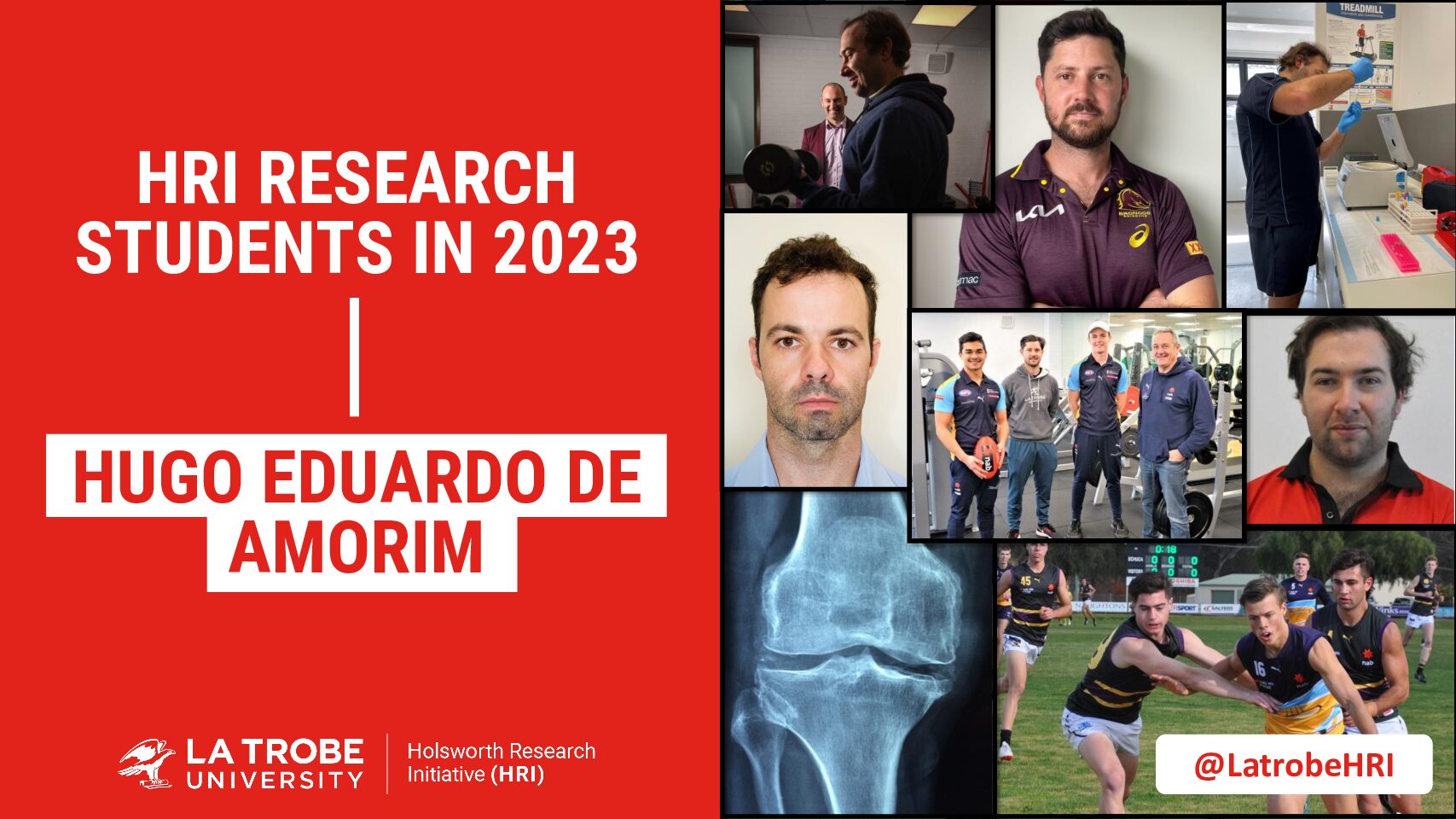Dr Byron Perrin is a podiatrist, Senior Lecturer and Head of the Rural Department of Community Health at the La Trobe Rural Health School in Bendigo. Byron’s research focus is on prevention of diabetes-related lower limb amputation. He is Vice Chair of the steering committee of Diabetic Foot Australia and is involved in research projects that include the epidemiology of diabetic foot disease in Australia, psychobehavioural aspects of diabetes-related foot morbidity and models of care for Charcot neuro-osteoarthropathy.
Dr Byron Perrin has received has received funding from the Holsworth Research Initiative in the La Trobe Rural Health School to investigate ways to reduce the risk of lower limb amputations in people with diabetes.
Nerve damage causes numbness
People living with diabetes risk losing the feeling in their feet. This is a result of nerve damage caused by high blood sugar levels. Losing the feeling in the feet means that the normal “protective” sensation is lost. This can cause irritation to the skin on the feet which can cause ulcers. These wound are hard to heal and can lead to infection and sometimes lower limb amputation. Previous research has shown that physical activity is very beneficial for people with diabetes. The challenge is understanding how much physical activity people with diabetes can do without hurting their feet.
The diabetes-related amputation rate in Australia is among the worst in the developed world. Amputation increases the burden of the disease and reduces quality of life. What’s more, it is over-represented in regional and rural areas.
Dr Perrin and his research team monitor activity in people living with diabetes in rural and regional areas. They have found that some very clever monitoring is needed to pin point what activity increases the risk of ulcers (and amputation) so that safe exercise practices can be developed.
Accelerometers to the rescue
To do something about this, Dr Perrin and his team of academics and hospital-based clinicians have recruited older adults with type 2 diabetes who live in regional areas of Victoria, Australia. The study participants wore an activity monitor called a “triaxial accelerometer” for 24 hours a day for four weeks, to measure the intensity of physical activity and sleep patterns.

Dr Perrin says:
The funding from the Holsworth Research Initiative will be used to analyse the data obtained by the triaxial accelerometer to investigate whether different levels of exercises might be linked to ulceration or amputation. We will also look at overall energy expenditure, sleep time and sleep quality.
This work will assist clinicians understand the day-to-day activity of their patients and improve the knowledge for this high-risk population, as there are few other effective interventions.
This work will also support future preventative health interventions that keep people with diabetes active while protecting against foot ulcers from forming. This will improve the quality of life and reduce the health costs for people living with diabetes in regional and rural Australia.
Addressing the challenges of inactivity and chronic disease
The project aligns with the HRI aim:
To optimise function and performance for all individuals by addressing challenges of inactivity and chronic disease.
We look forward to providing regular updates on this project.


